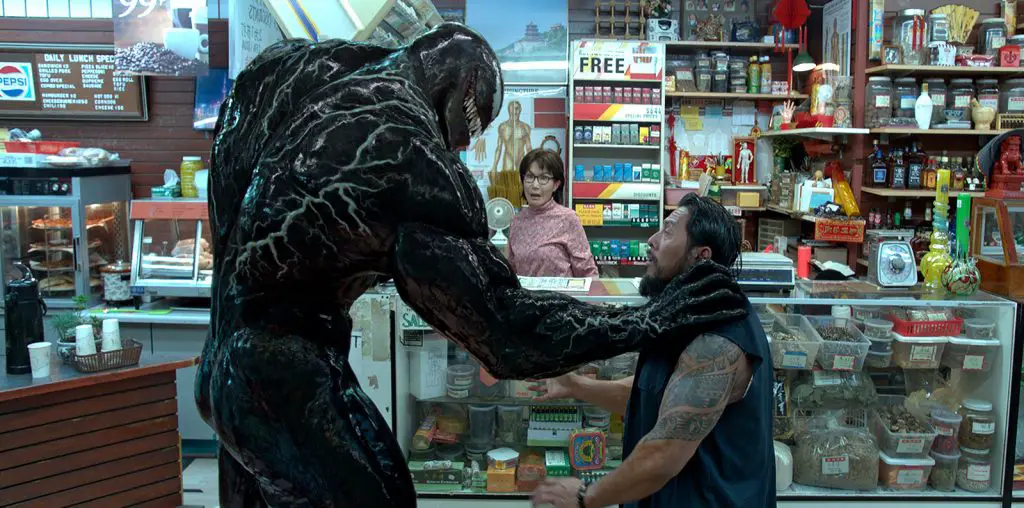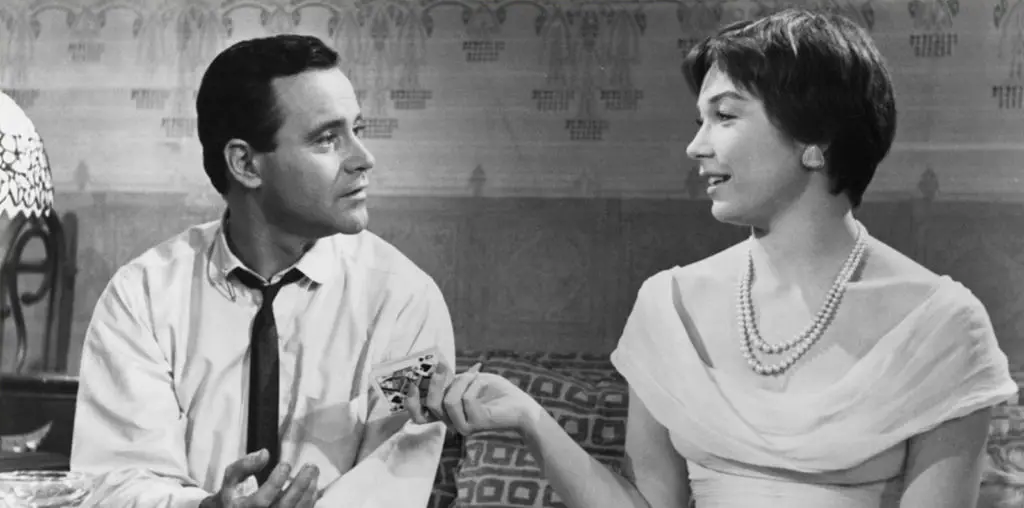
Fifty years ago, a cheapie exploitation film called “Chained for Life” was dumped in theaters and promptly forgotten. Long considered a turkey by certain know-it-all cinephiles, “Chained for Life” is actually a minor B-Movie demi-classic which, despite some obvious problems in production and performances, is unjustly forgotten. If any exploitation flick is in need of a second long look, it is this one.
“Chained for Life” is unique as the first and only feature film starring Violet and Daisy Hilton, British-born Siamese twins who were joined at the lower back and who earned some degree of fame as musical performers of the British music halls and American vaudeville stages. The Hilton Sisters had been before the camera once before, in a small role in Tod Browning’s 1932 “Freaks,” where their appearance was primarily a sick joke: the sisters were being courted by able-bodied men (one sister engages in a kiss while the other reads a book). “Chained for Life” is pretty much this “Freaks” joke stretched into a feature, offering a plot in which one sister is wooed and wed by a ne’er-do-well who abandons her, but the baddie is be shot in the back by the other sister. Both sisters are on trial, but of course the question of convicting and either imprisoning or executing the guilty twin raises obvious problems as her attached sibling is free of any guilt.
However, the silly plot is primarily a clothesline to hang a series of strange and amusing vaudeville acts, and this is where “Chained for Life” gets most of its energy. The Hilton Sisters were talented singers they offer charming renditions of romantic ballads (their acting is a bit on the stiff side, but it is hardly a problem). Their characters in the film, not surprisingly, are vaudeville stars and the film provides a rare record of not only the Hilton Sisters’ unusual act, but also the final flurry of performers (jugglers, accordion players, trick cyclists, sharpshooters) who kept vaudeville alive as late as the early 1950s. As a time capsule of a dying entertainment form, this is quite a treat.
“Chained for Life” also provides two highly remarkable sequences which make the film rise above the standard exploitation offering. The first is a curiously mature scene where the sisters meet a blind reverend who reassure them of their place in the world and the normalcy of their lives and needs. For a film which was shamelessly marketed back when as questioning the love lives of Siamese twins, this interlude for theological assurance comes out of nowhere and provides a rare sense of intelligence and tact. The second sequence is even more startling: a dream where one of the sisters, after longing for the impossible chance of leading a separate life, awakes from bed and walks away from her sleeping sibling and into a garden. While it is obvious a double is being used, the scene is shot with a remarkably artistic sense of camerawork and blessed with a rueful score by Henry Vars that it calls to mind the ballet scene in “Oklahoma!” where Shirley Jones gives her character to a nimble-toed alter-ego for the celebrated dance.
Unfortunately, “Chained for Life” is plagued by some of the problems common for exploitation films of that era: cheap sets, acting which ranges from wooden to hammy, perfunctory camerawork (the aforementioned dream scene excepted), and frequently illogical leaps of sense to advance the plot. Some of these defects are unintentionally funny, most notably the not-young matron who serves as the Hilton Sisters’ secretary who speaks longfully of her own career in burlesque…but this long-in-tooth character talks about her burlesque work as recent even though it seems she is old enough to have toured with the USO at Valley Forge.
“Chained for Life” is a public domain title and can be located via several video distributors who specialize in copyright-free titles. It is a fascinating little effort which deserves to be sought out and appreciated as a remarkable curio.

